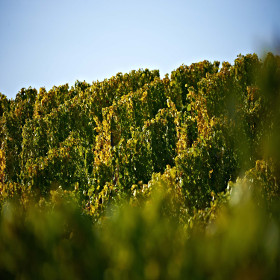Ökoweingut Arndt F. Werner
Award-winning wines in harmony with nature - this goal has long been reached:
In 2008, the winery celebrated 25 years of organic viticulture and has been awarded in recent years at many national and international competitions for the special quality of wine.
The winery is a member of ECOVIN and Bioland. The winery in the historic estate next to the walls of the imperial palace of Charlemagne has been run by Birgit and Arndt Werner since 1988. 10 hectares of vineyards on the slopes to the Rhine and Selztal are planted with 55% red wine and 45% white wine grapes. Calcareous sands and sandy loess soil offer perfect conditions, not only for Pinot varities. Riesling, Silvaner and Blauer Portugieser are also being developed into show-off wines in the winery. In the competition of the best organic wines in Germany, the winery continuously occupied the 1st place from 2005 to 2011.


















